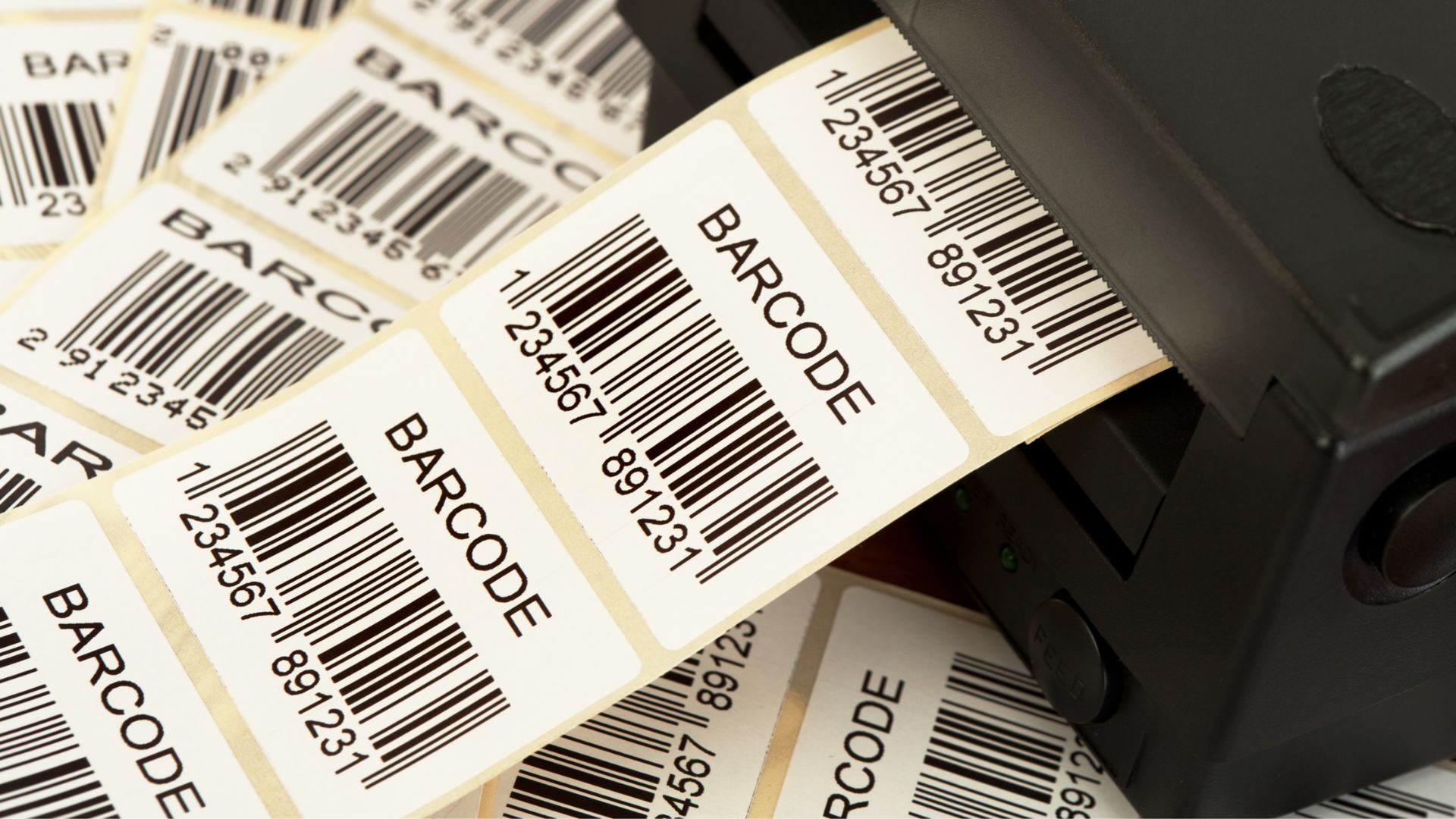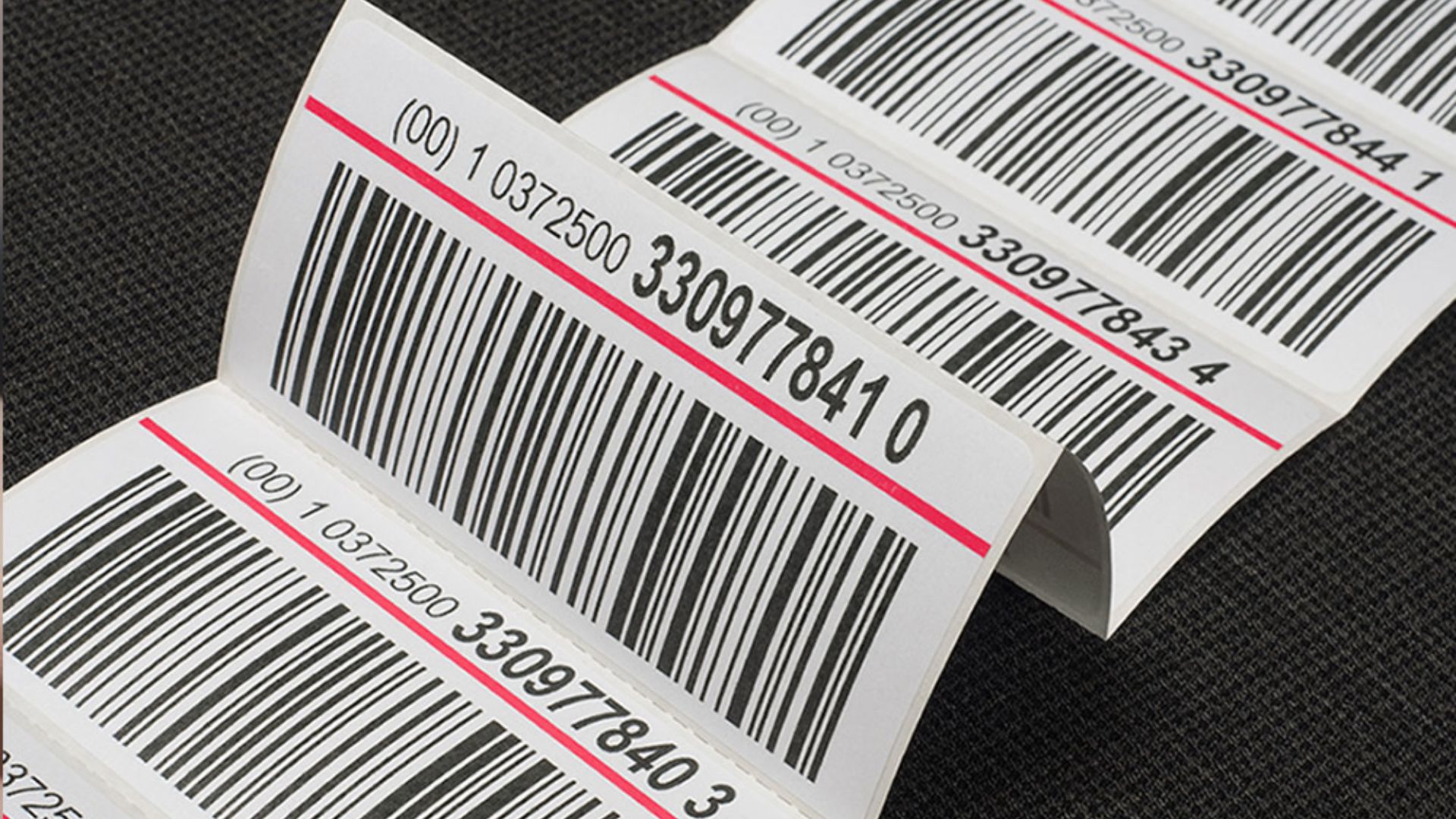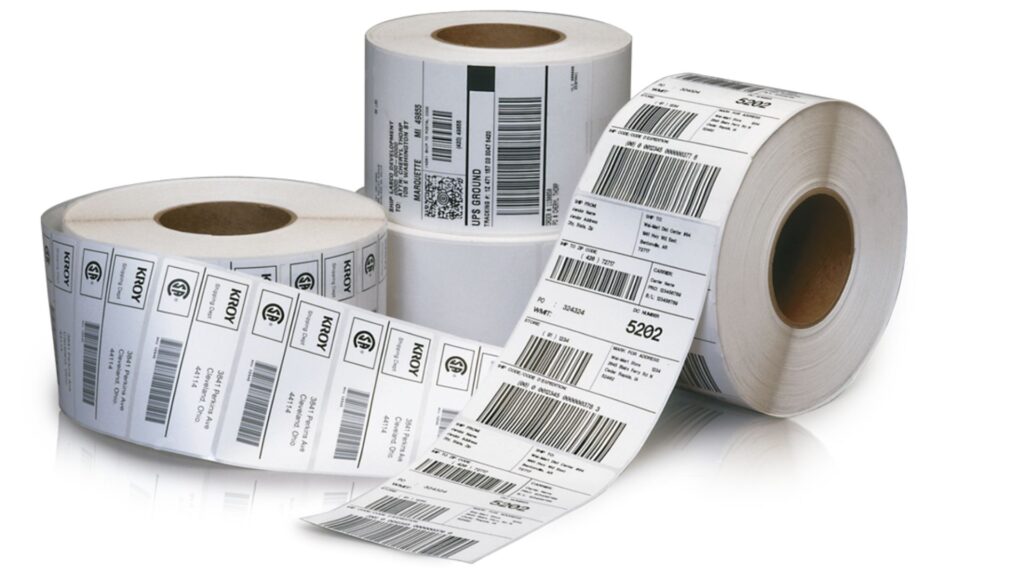Decoding the Lines: A Journey into the World of Barcode Labels
Have you ever stopped to think about the small, unassuming lines on the products you buy every day? Those lines hold a world of information that most of us overlook. Yes, we are talking about Barcode Labels – the heroes of the retail world. Join us on a journey as we decode the mystery behind these lines and explore the fascinating world of barcode labels.

Barcode labels are more than just a way to speed up the checkout process at the supermarket. They are intricate systems that hold a wealth of information about a product. From the manufacturer’s details to the product’s price and even its expiration date, barcode labels are like tiny encyclopedias waiting to be read.
The first barcode was introduced back in 1974 and since then, they have become an indispensable part of the retail industry. There are different types of barcodes, such as UPC, EAN and QR codes, each serving a specific purpose. UPC codes are commonly used in the United States, while EAN codes are more prevalent in Europe and other parts of the world. QR codes, on the other hand, have gained popularity for their ability to store more information and link directly to websites.
But how do these lines work? Barcodes are scanned by a barcode reader, which converts the lines into a series of numbers that correspond to a particular product in the retailer’s database. This technology has revolutionized the way we shop, making the checkout process faster and more efficient.
Barcodes are not only beneficial for retailers but also for consumers. They help ensure accuracy in pricing, reduce human errors, and make it easier to track inventory. Have you ever wondered how supermarkets can restock their shelves so quickly? Barcodes play a significant role in inventory management, allowing retailers to track products as they move from the warehouse to the store floor.
In addition to their practical applications, barcode labels have also found their way into the world of marketing. QR codes, in particular, have been used in advertising campaigns to engage customers in a more interactive way.
The future of barcode labels is looking bright, with advancements in technology paving the way for even more innovation. Imagine a world where you can walk into a store, pick up a product, and automatically pay for it without ever having to stand in line. This may soon become a reality with the rise of mobile payment systems that use barcode scanning technology.
So, the next time you see those lines on a product, take a moment to appreciate the complexity and ingenuity behind barcode labels. They may seem simple at first glance, but they are a sophisticated system that has transformed the way we shop and interact with products.

Conclusion:
In conclusion, barcode labels are not just black lines on a white background – they are gateways to a world of information and efficiency. Whether you’re a retailer looking to streamline your operations or a consumer looking for a quick and easy checkout experience, barcode labels have something to offer everyone. So, the next time you scan a barcode, remember that you are unlocking a world of possibilities with just a simple line.
Have you ever stopped to think about the small, unassuming lines on the products you buy every day? Those lines hold a world of information that most of us overlook. Yes, we are talking about Barcode Labels – the heroes of the retail world. Join us on a journey as we decode the mystery behind these lines and explore the fascinating world of barcode labels.

Barcode labels are more than just a way to speed up the checkout process at the supermarket. They are intricate systems that hold a wealth of information about a product. From the manufacturer’s details to the product’s price and even its expiration date, barcode labels are like tiny encyclopedias waiting to be read.
The first barcode was introduced back in 1974 and since then, they have become an indispensable part of the retail industry. There are different types of barcodes, such as UPC, EAN and QR codes, each serving a specific purpose. UPC codes are commonly used in the United States, while EAN codes are more prevalent in Europe and other parts of the world. QR codes, on the other hand, have gained popularity for their ability to store more information and link directly to websites.
But how do these lines work? Barcodes are scanned by a barcode reader, which converts the lines into a series of numbers that correspond to a particular product in the retailer’s database. This technology has revolutionized the way we shop, making the checkout process faster and more efficient.
Barcodes are not only beneficial for retailers but also for consumers. They help ensure accuracy in pricing, reduce human errors, and make it easier to track inventory. Have you ever wondered how supermarkets can restock their shelves so quickly? Barcodes play a significant role in inventory management, allowing retailers to track products as they move from the warehouse to the store floor.
In addition to their practical applications, barcode labels have also found their way into the world of marketing. QR codes, in particular, have been used in advertising campaigns to engage customers in a more interactive way.
The future of barcode labels is looking bright, with advancements in technology paving the way for even more innovation. Imagine a world where you can walk into a store, pick up a product, and automatically pay for it without ever having to stand in line. This may soon become a reality with the rise of mobile payment systems that use barcode scanning technology.
So, the next time you see those lines on a product, take a moment to appreciate the complexity and ingenuity behind barcode labels. They may seem simple at first glance, but they are a sophisticated system that has transformed the way we shop and interact with products.

Conclusion:
In conclusion, barcode labels are not just black lines on a white background – they are gateways to a world of information and efficiency. Whether you’re a retailer looking to streamline your operations or a consumer looking for a quick and easy checkout experience, barcode labels have something to offer everyone. So, the next time you scan a barcode, remember that you are unlocking a world of possibilities with just a simple line.


Comments are closed.